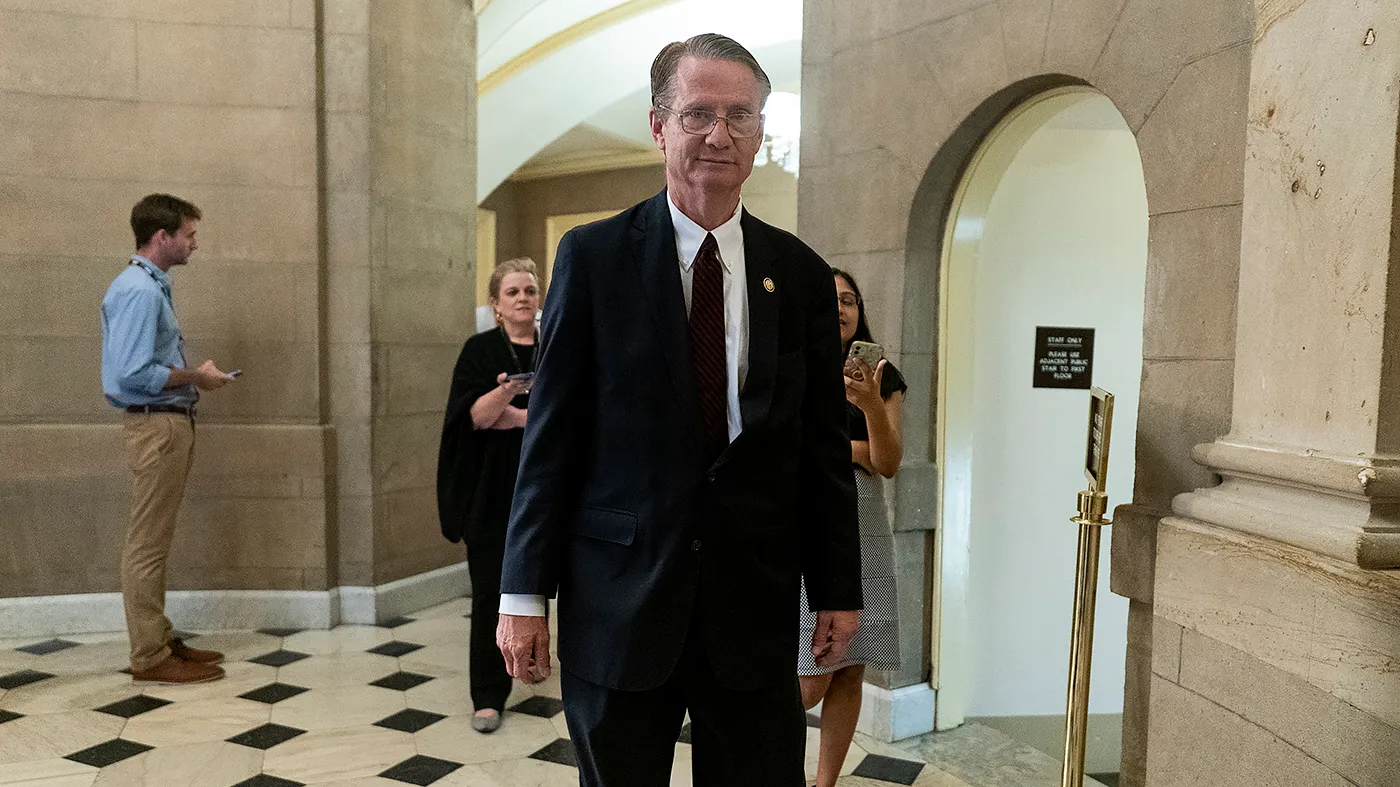Is a U.S. Inflation Shock Looming or Has the Worst Passed?
By
David Goldfarb
Last updated:
August 13, 2025
First Published:
August 13, 2025

Photo: PBS
July’s U.S. inflation data delivered a mixed message, fueling hopes of a soft landing but leaving markets wary of hidden price pressures set to emerge later this year.
July Inflation: Slightly Below Expectations but Core Costs Rise
The Consumer Price Index (CPI) rose 2.7% year-over-year in July, just shy of the 2.8% forecast by Dow Jones economists. However, the core CPI, which excludes volatile food and energy prices, ticked up by 0.1 percentage points above expectations—the highest level since February, before tariffs on Chinese goods took effect in April.
This subtle divergence suggests tariff-driven cost increases may already be filtering through supply chains, though not yet triggering widespread sticker shock at the checkout counter.
Market Reaction: Stocks Rally on Inflation Optimism
U.S. equity markets responded positively, with the S&P 500 and Nasdaq Composite closing at record highs. Investors interpreted the relatively mild headline inflation as a sign the Federal Reserve might have room to ease monetary policy later this year. Futures markets currently price in the possibility of three interest rate cuts in 2025, reflecting growing confidence in slowing price growth.
The Tariff Wildcard: Waiting for the Price Surge
Despite current calm, many experts warn that tariff-related price increases have a delayed impact. Jared Bernstein, former White House economist under President Biden, noted that while tariffs are embedded in inflation numbers, their effects haven’t yet “jumped out hair on fire.”
Jan Hatzius, chief economist at Goldman Sachs, projected in a recent note that the “big reveal”—when consumers feel the full impact of tariffs on everyday prices—could arrive as soon as October 2025.
Political and Tech Headlines Add to the Market Drama
Meanwhile, political tension flared as former President Donald Trump threatened Federal Reserve Chair Jerome Powell with a “major lawsuit,” criticizing the central bank’s handling of inflation.
In the tech world, Perplexity AI surprised markets by offering $34.5 billion to acquire Google’s Chrome browser, signaling aggressive moves in AI-driven technology sectors.
What Lies Ahead for Inflation and the Economy?
The tug-of-war between hopeful inflation moderation and looming tariff pressures makes the economic outlook especially volatile. If tariffs do trigger a significant price spike, consumers and businesses could face renewed cost pressures, complicating the Fed’s path forward.
For now, the market seems to be betting on a more optimistic scenario—one closer to a “happily-ever-after” Disney ending rather than a suspenseful M. Night Shyamalan thriller. But with tariffs, geopolitical risks, and economic fundamentals all in play, the next few months will be critical in defining the trajectory of U.S. inflation.
Popular articles
Subscribe to unlock premium content
Global Cultures and the Hidden Drivers of Productivity and Happiness

The Future of Personalized Medicine

Digital Nomads and the New Global Economy

Global Cultures and the Hidden Drivers of Productivity and Happiness

The Future of Personalized Medicine

Global Cultures and the Hidden Drivers of Productivity and Happiness









